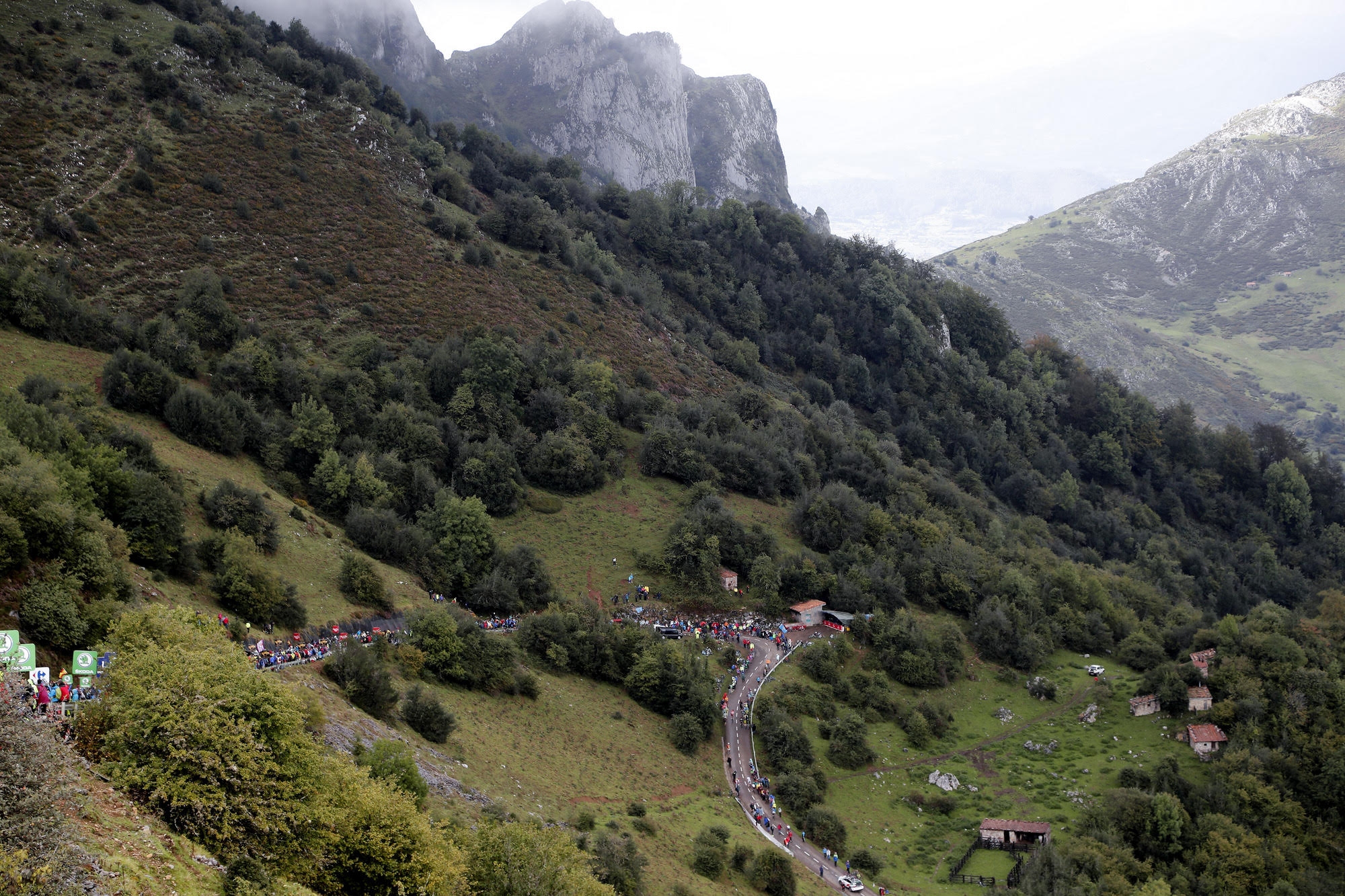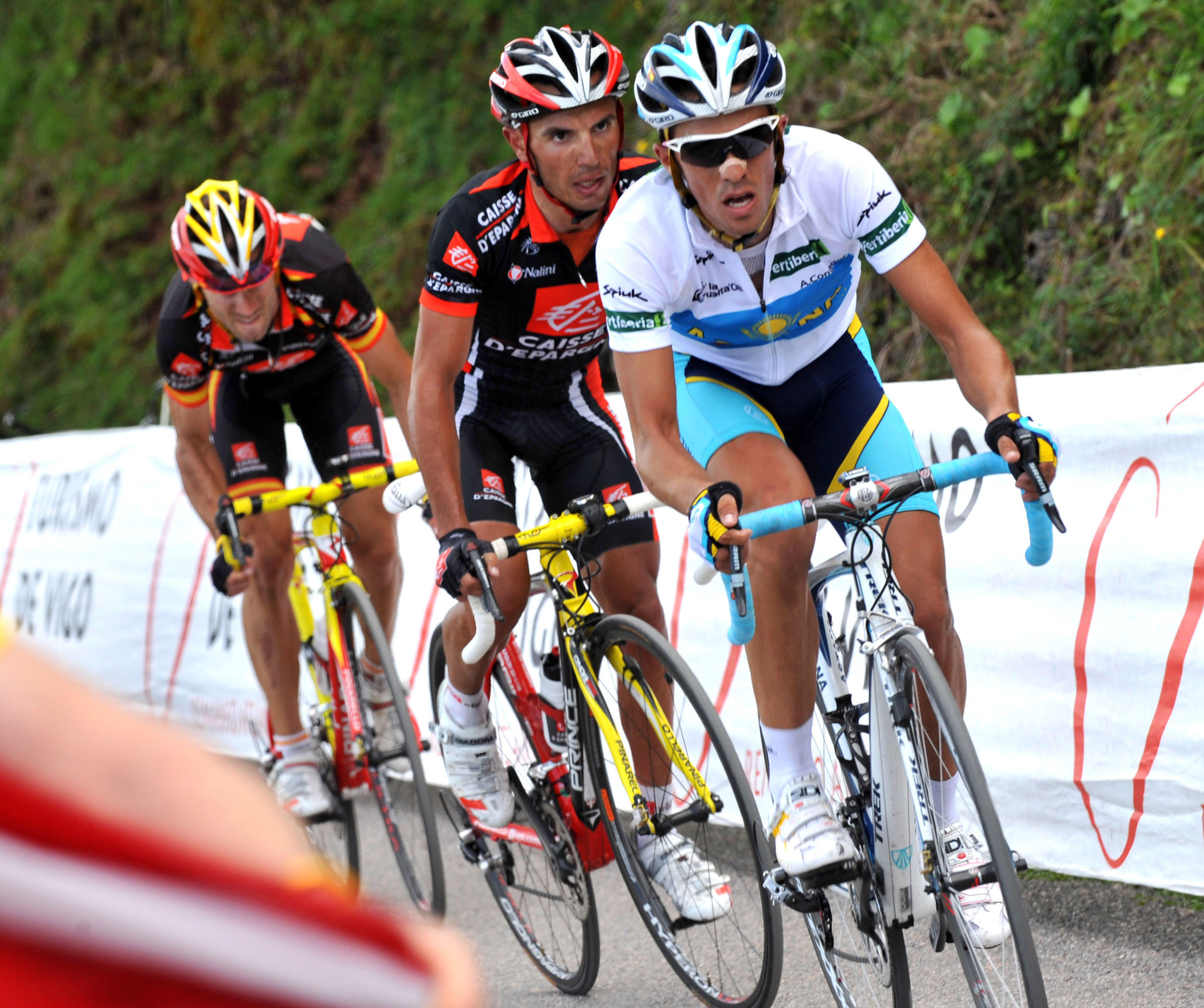- Ciclismo
- 1501 views

The Asturian giant returns to the Vuelta a España in style to write new pages in the history of cycling in the final week of a race that has been full of surprises for fans around the world.
The Alto de L'Angliru is a mountain that has been defined as superhuman, with its twelve kilometres of hellish gradients with up to 12% peaks. standing in the heart of the Sierra del Aramo, this climb was considered the toughest in the world even before it was discovered by professional cycling and was included in the 1999 Vuelta route to compete with such sacred monsters as the Stelvio, Mortirolo and Zoncolan.
It is an impenetrable place, almost always shrouded in clouds, with a grey and menacing sky, as if it were the gate to a hellish abyss. One of those places where you either win the race, if you come to terms with pain, or lose it disastrously - the key mountain to having the Vuelta in your grasp or seeing it disappear in a handful of metres.
"A terrible and mythical climb," says Contador himself, who won the 2008 edition of the Spanish race on its ramps. "The conformation of the Angliru is very different from, say, the Zoncolan - its historical rival - which maintains a certain gradient consistency. The Asturian mountain, on the other hand, is completely inconsistent. The most difficult thing is to get your body and legs used to these changes in pace".

The first few kilometres of the climb are characterised by a gradient of around 8%, with peaks of well over 14%. Then come the hellish sections of Les Cabane, with peaks of 22%, and, towards the end, Cueña les Cabres, where the gradient rises to over 20%, with 300 metres of 22% climb. The ascent ends at 1,573 metres above sea level, which may be low in terms of altitude, but is certainly the temple of extreme suffering.
The return of the Angliru in the final week of the 2023 Vuelta promises to thrill the fans in a key duel between the GC contenders, who are ever closer to a showdown in Madrid.


 Italiano
Italiano English
English